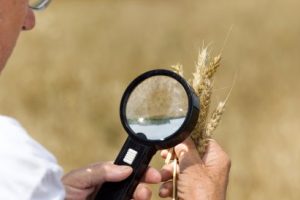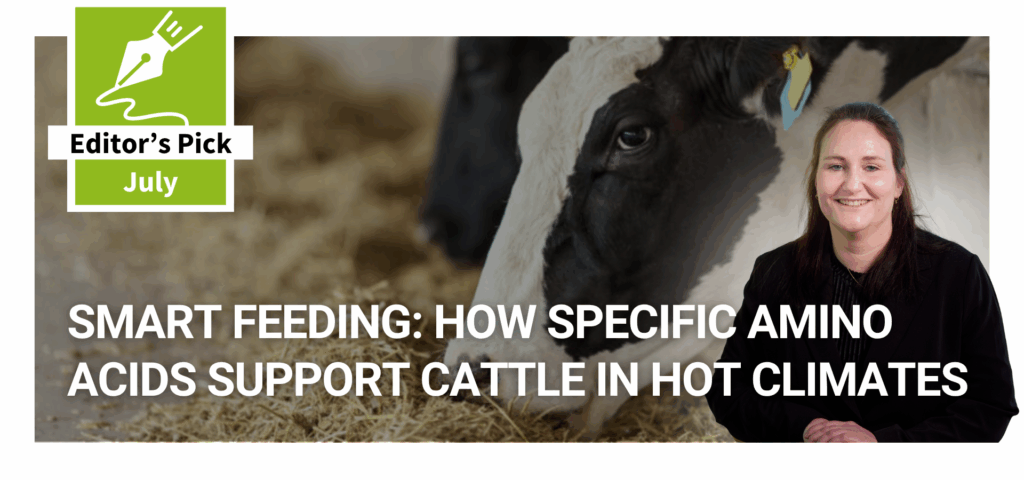Highest prevalence of mycotoxins found in Far East survey shows

Fumonisins, deoxynivalenol and zearalenone were the most frequently found mycotoxins in the first quarter of this year.
The dsm-firmenich Mycotoxin survey for January-March, analysed 6,000 samples from 70 countries and concluded the highest prevalence were found in China and South Asia.
Ursula Hofstetter, Head of Mycotoxin Risk Management at dsm-firmenich, said the findings showed the need for effective management.
“Mycotoxins remain a serious and evolving threat to animal health, feed safety and food security. With changing climate and agricultural practices, understanding global trends is key.
“These findings again reinforce the urgent need for effective mycotoxin management to protect animal welfare and ensure the sustainability of feed and protein production.”
Levels for each mycotoxin in each region
China and Taiwan recorded the joint highest risk level of 94% with FUM (99%), DON (87%) and ZEN (67%) above the risk threshold. This was shared with South Asia, where Afla (87%), OTA (70%) and FUM (66%) were the 3 highest prevalence mycotoxins.

Threequarters of all samples (76%) contained more than one mycotoxin with just 6% of showing no mycotoxins detected.
Risk levels posed to each species
Levels of mycotoxins taken in the 1,087 samples covering China and Asia saw consistent rises in contaminated samples across the mycotoxins studied (ie FUM 79%, compared to 68% in the same period last year). The greatest level of concerns were the levels of FUM for the shellfish sector and Afla for ruminants and pigs.
In North America, the extreme risks were to all species from DON levels, with one sample recording 11785ppb











